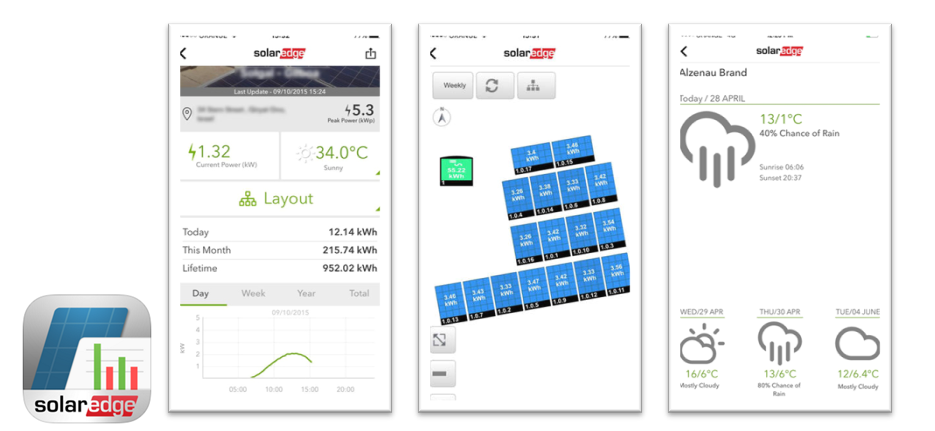
25 Sep How does solar monitoring work?
In the old days of solar, homeowners had little information on how their solar systems were performing. This is like driving a car without an odometer. Although many solar inverters had a read-out of real-time solar energy production, it was challenging to get any information on how individual panels were performing or how much the system was generating over time. If someone was away from the inverter, it was difficult to know how the solar system performed.

Was each solar panel performing up to par? How many kilowatts of solar electricity was generated in a month or year? Were all the solar panels, the inverter, and wiring performing properly? It was challenging to know. This lack of accurate information also made it hard to take advantage of equipment warranties.
Today, Sundog Solar installs arrays with monitoring capabilities with both historical and real-time data. In many cases, the monitoring portal shows information on each solar panel, making it simpler to pinpoint and troubleshoot issues.
These capabilities allow home and business owners to analyze solar system output, using real-time and historical information. Solar system monitoring helps our technicians to determine if the equipment is running correctly, allowing us to identify and troubleshoot issues.
Sundog Solar installs a variety of inverters, and the monitoring system often varies by the inverter manufacturer. These companies typically offer proprietary monitoring software that integrates with their inverters and requires internet service to operate properly.
Will my power bill give me accurate information on my solar system output?
No, power bills do not provide information on total solar energy generation. Although most utility companies compensate customers for surplus solar energy, their equipment doesn’t calculate the total solar output. There is a credit line on power bills for solar electricity that is fed to the utility grid, but this quantifies surplus power from the solar system, not total energy output.
For example, if you have appliances running in your home, solar electricity will power these devices first. If there is a surplus, then it goes to the grid. Your energy bill only displays the surplus solar energy and won’t reveal how much the appliances consumed. For this reason, we highly recommend solar monitoring because it collects data on total solar system production and not merely the surplus.
How do I access my solar monitoring portal?
Most of the monitoring systems we use have apps and online portals, so you can use your smartphone or PC to log in. These monitoring systems allow you to access real-time data and this makes it easier to quickly identify problems before they cause a significant dent in your solar energy output.


